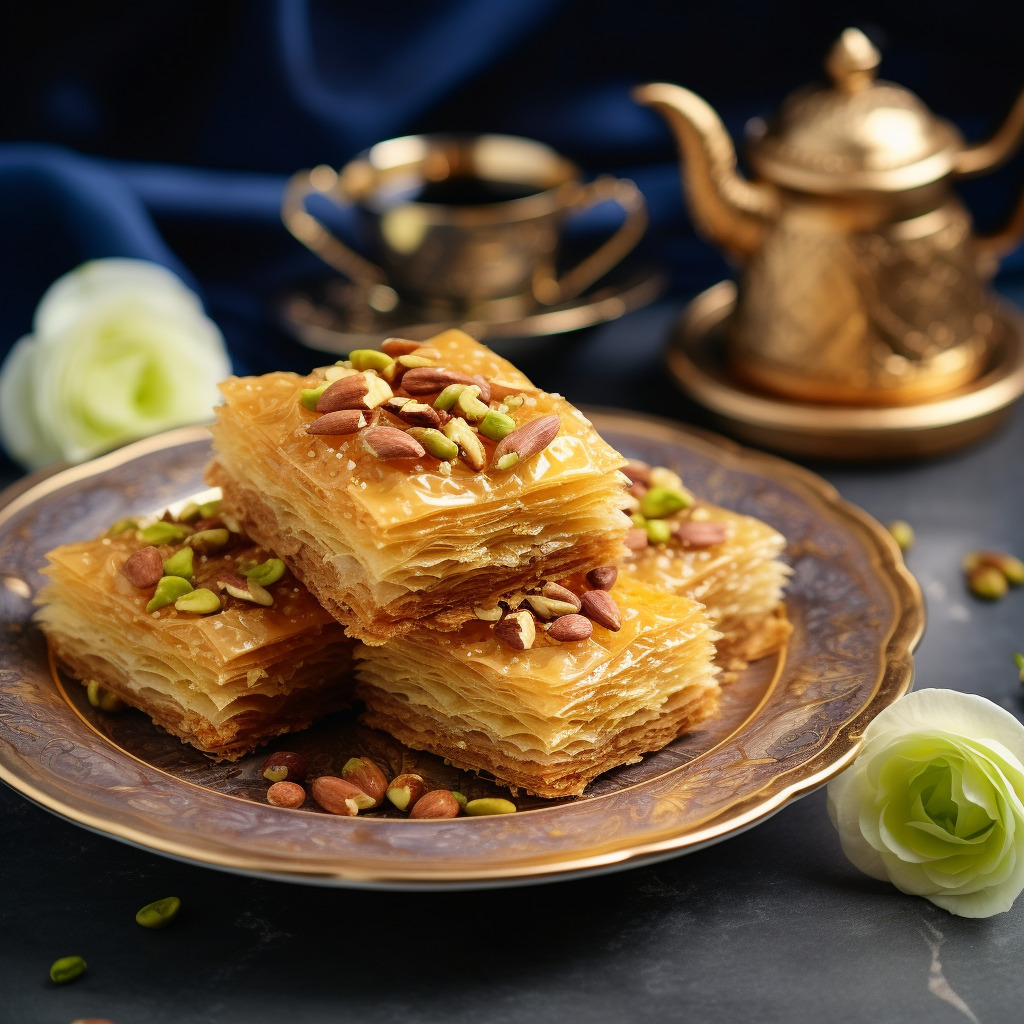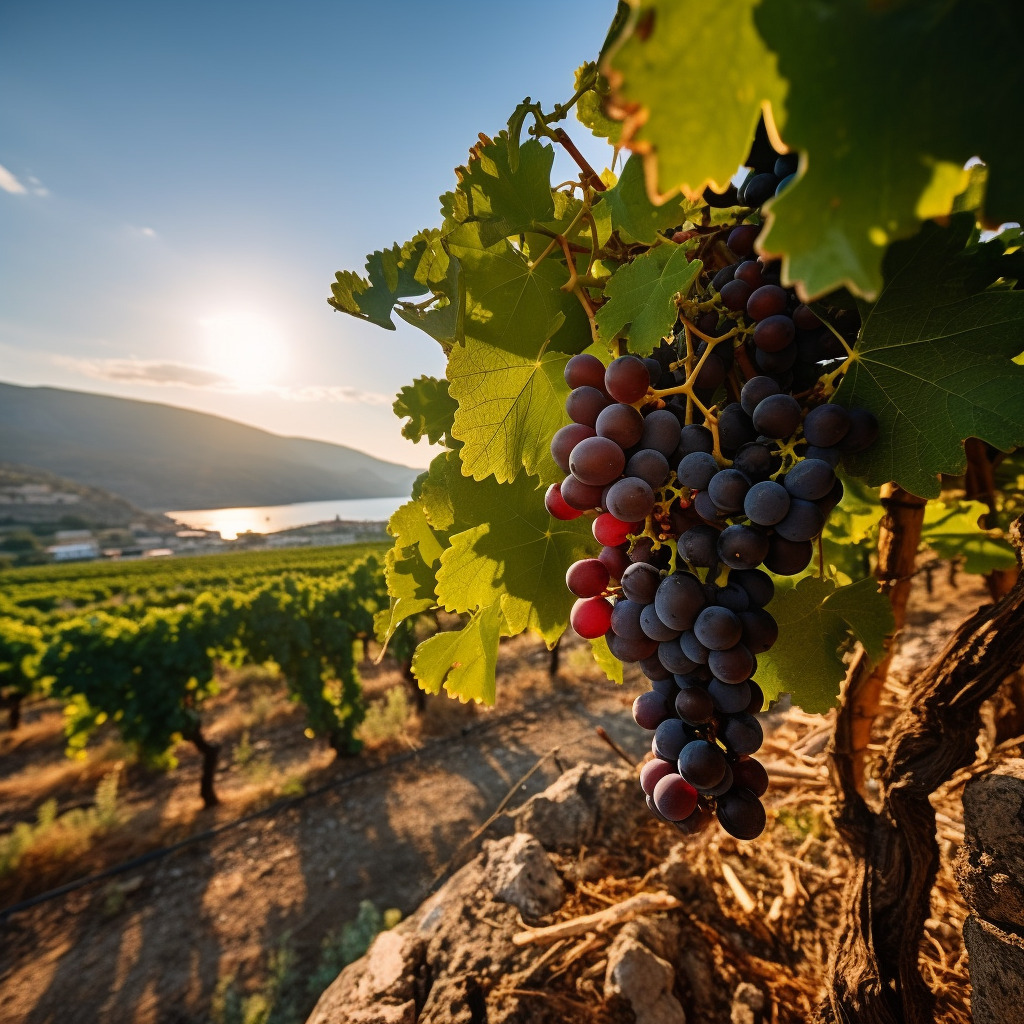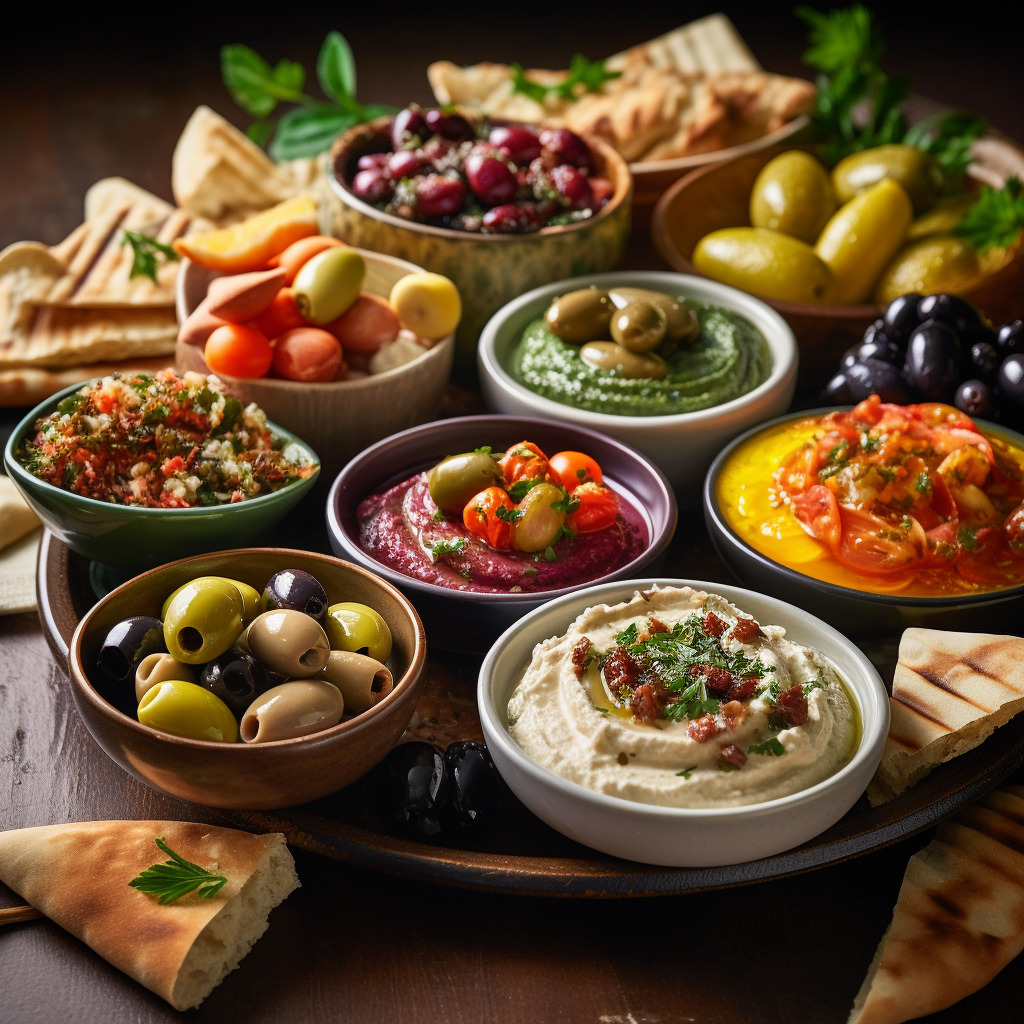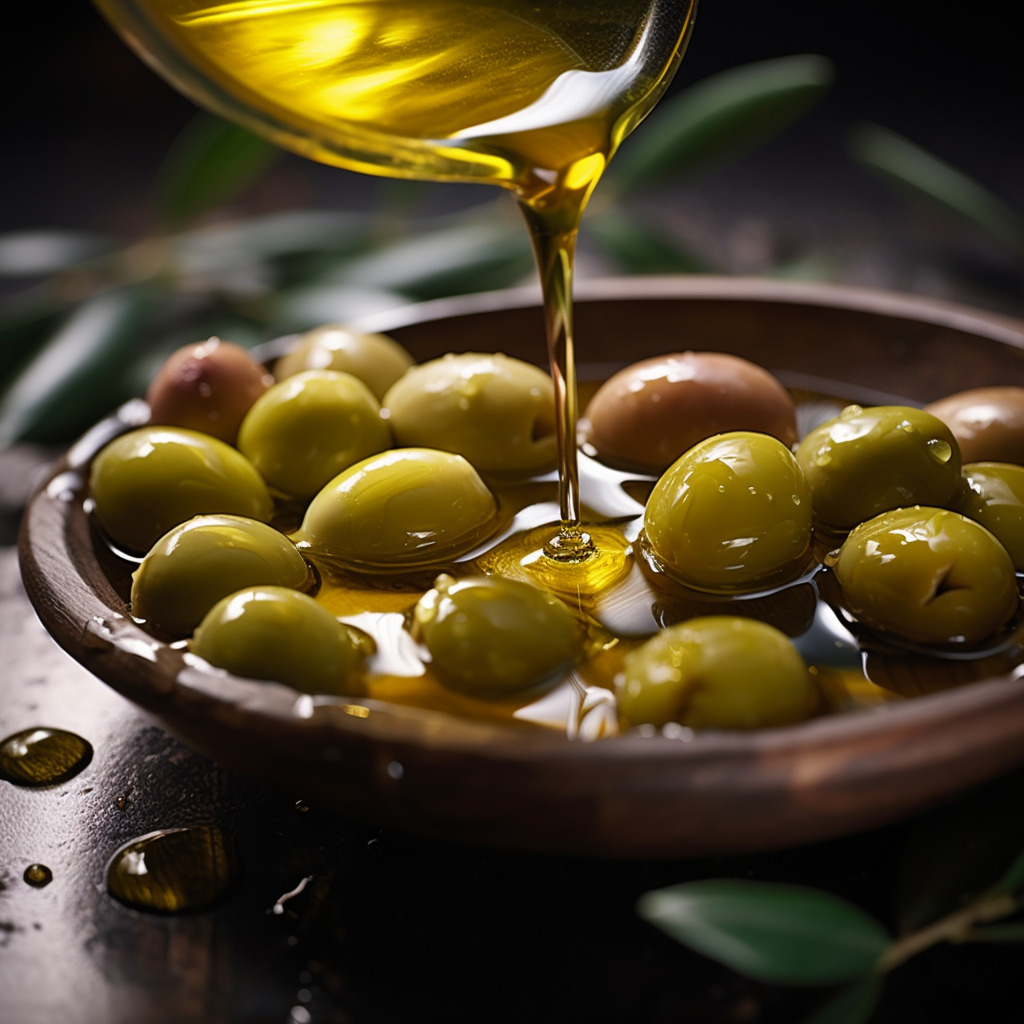In the resplendent mosaic of world cuisine, Baklava glows like an intricate, gilded tessera, a testament to the rich and diverse culinary legacy of the Mediterranean and Middle East. With the question of where does baklava come from, we embark on a gastronomic journey through centuries, civilizations, and the sublime artistry of sweet indulgence.
In understanding where does baklava come from, we are not simply tracing a dessert’s history, but navigating the crisscrossing culinary currents of entire regions. Baklava is a scrumptious revelation of traditional recipes that have been nurtured, reinvented, and cherished across generations. Its tale is one of cultural interweavings and delightful innovation, a narrative steeped in the timeless allure of sweetness and shared heritage.
The delicate balance of crispy, butter-soaked filo pastry, a seductively sweet syrup, and a rich, nutty heart is no mere happenstance. Rather, it is a testament to the refined global cooking techniques that come into play in crafting each piece of baklava. The meticulous layering of paper-thin filo sheets, the scattering of finely chopped nuts, the generous drizzle of golden honey syrup—all contribute to baklava’s captivating sensorial orchestra.
If you were to ask anyone about the different types of baklava, you would realize that the diversity of this confectionery masterpiece mirrors the multicultural palette of the regions where it is savored. Greek Baklava, for instance, typically features a medley of walnuts and cinnamon enveloped in crisp filo, all soaked in a sweet, lemony syrup. On the other hand, Turkish Baklava tends to favor a pistachio filling and is renowned for its sheer number of filo layers.
It’s worth mentioning that these different types of baklava are not just variations on a sweet theme. Each type, each variation tells a story of its own—of local produce, of community celebrations, and of shared culinary legacies. They are a testament to the cultural significance of food, a tangible expression of our human tendency to adapt and create within the sphere of gastronomy.
Exploring where does baklava come from reveals an intricate tapestry of historical, cultural, and culinary interconnections. It unveils a world where food is not merely sustenance but a powerful marker of identity and heritage. Simultaneously, appreciating the different types of baklava allows us to celebrate the delightful diversity and creative spirit that pervades our global culinary landscape.
In conclusion, baklava’s journey—from royal courts of yore to contemporary dessert tables worldwide—is a testament to the timeless appeal of shared culinary heritage and the joy of sweet indulgences. So, the next time you relish a piece of baklava, remember: you are not just savoring a dessert but partaking in a centuries-old gastronomic legacy that continues to thrive and evolve to this day.
Greek-Inspired Brunch: A Feast Fit for the Gods
Sustainable Cooking: Reducing Waste in Your Greek Kitchen
Captivating Greek Wines: Toasting to Ancient Vines
Meze Madness: The Art of Greek Appetizers
Mouthwatering Greek Desserts: Beyond Baklava
The Ultimate Guide to Greek Olive Oil: Liquid Gold in Your Kitchen
Copyright © 2023 www.gyroshousetx.com
720 W Division St, Arlington, TX 76012
(817) 460-4824






